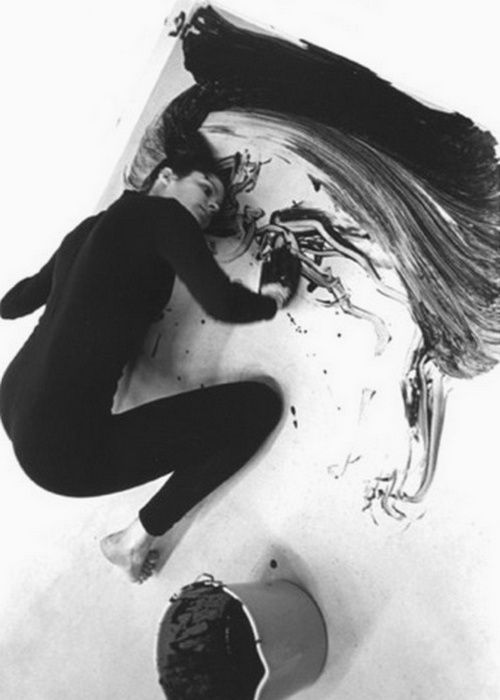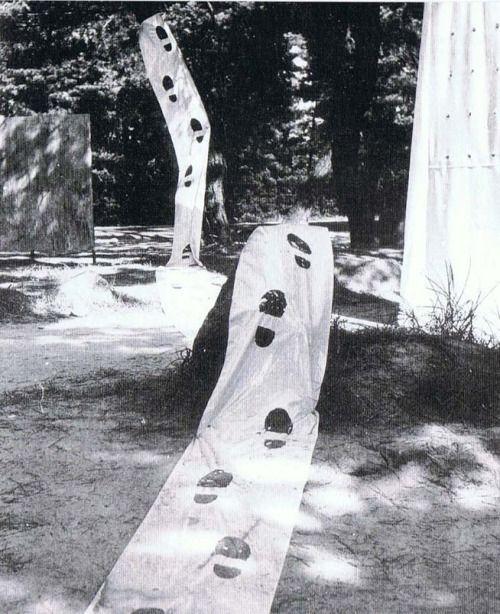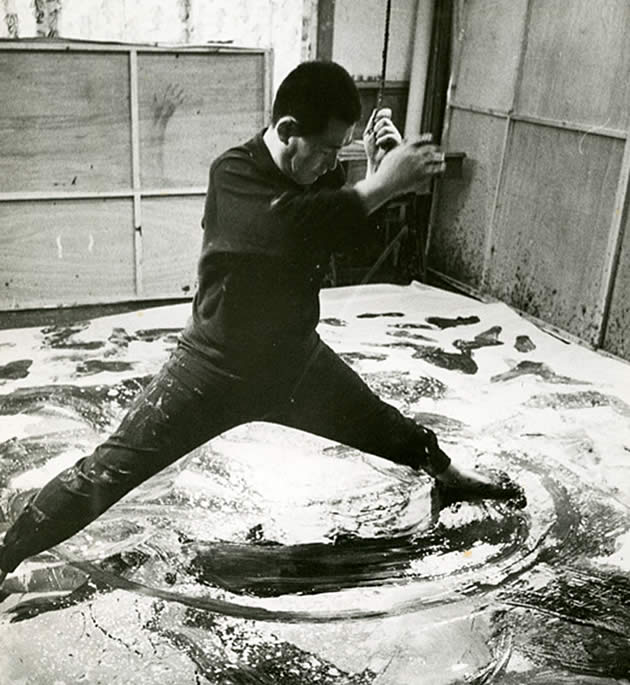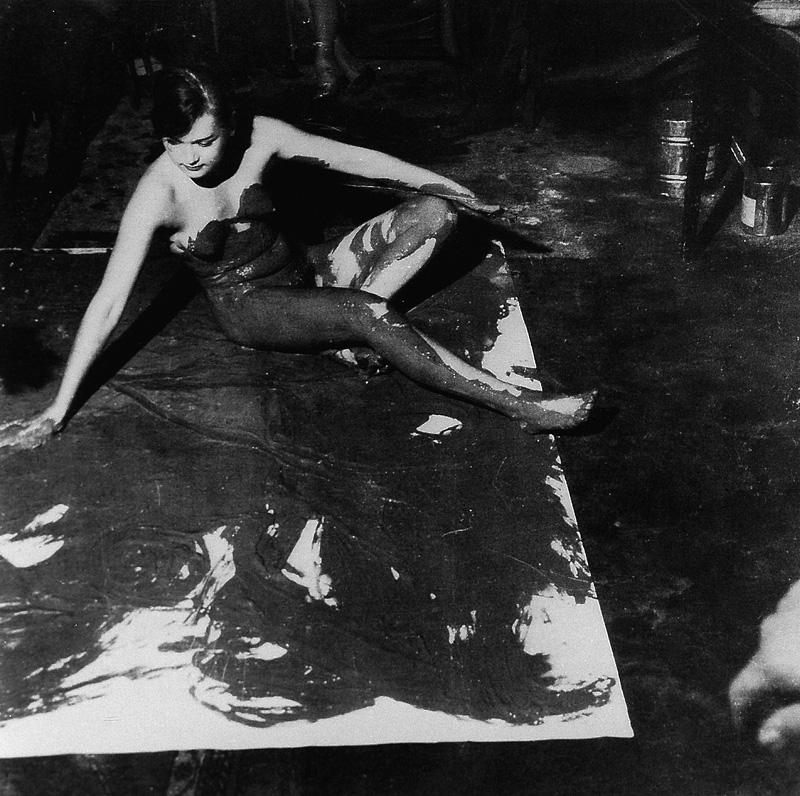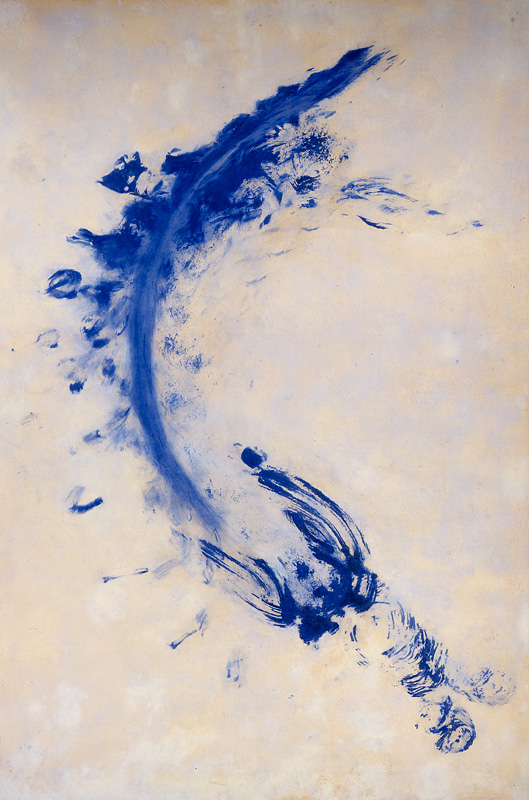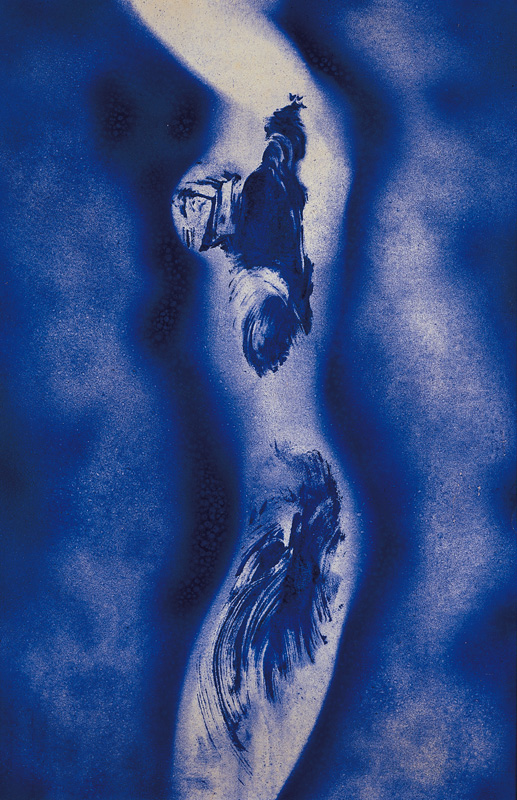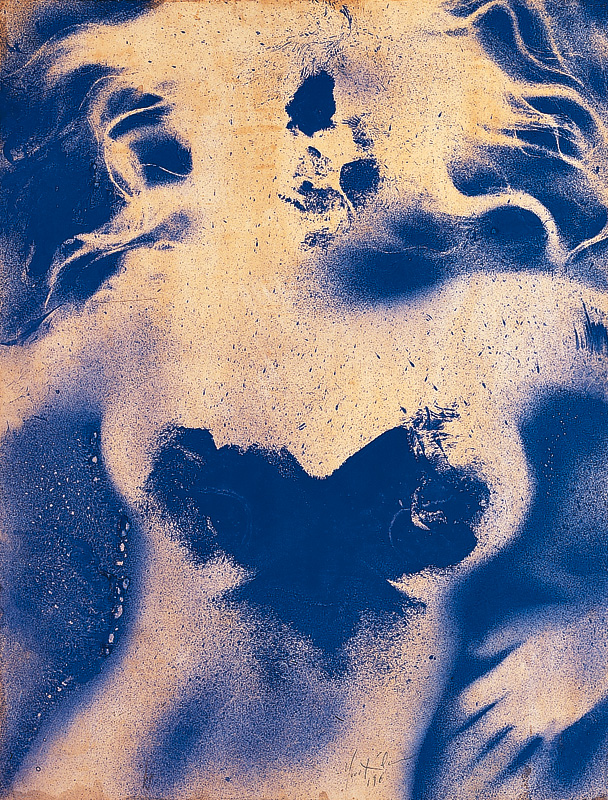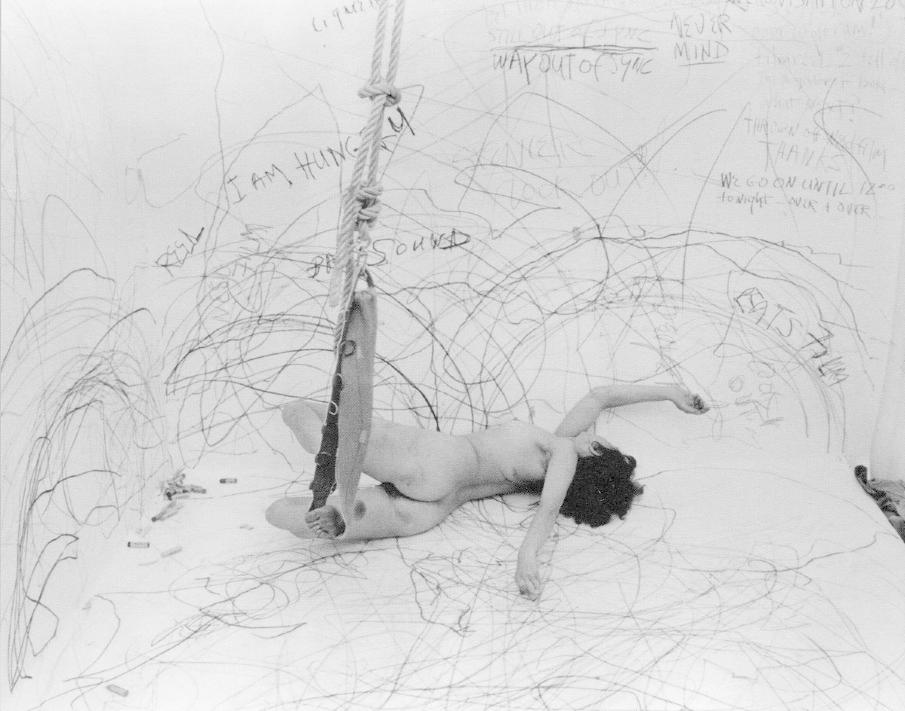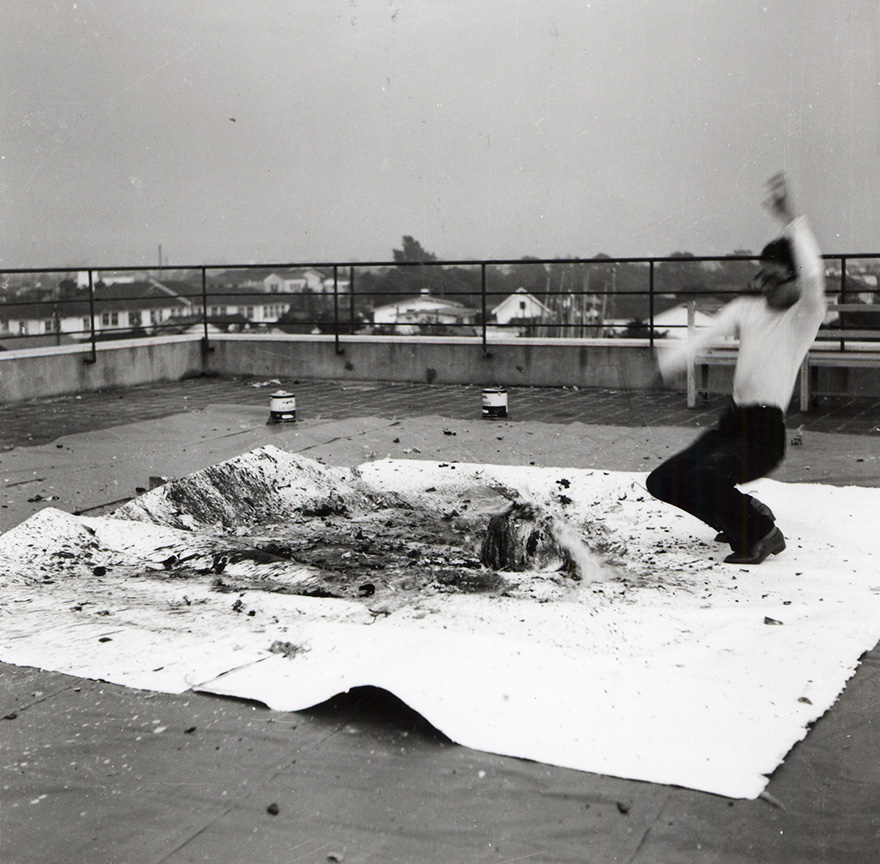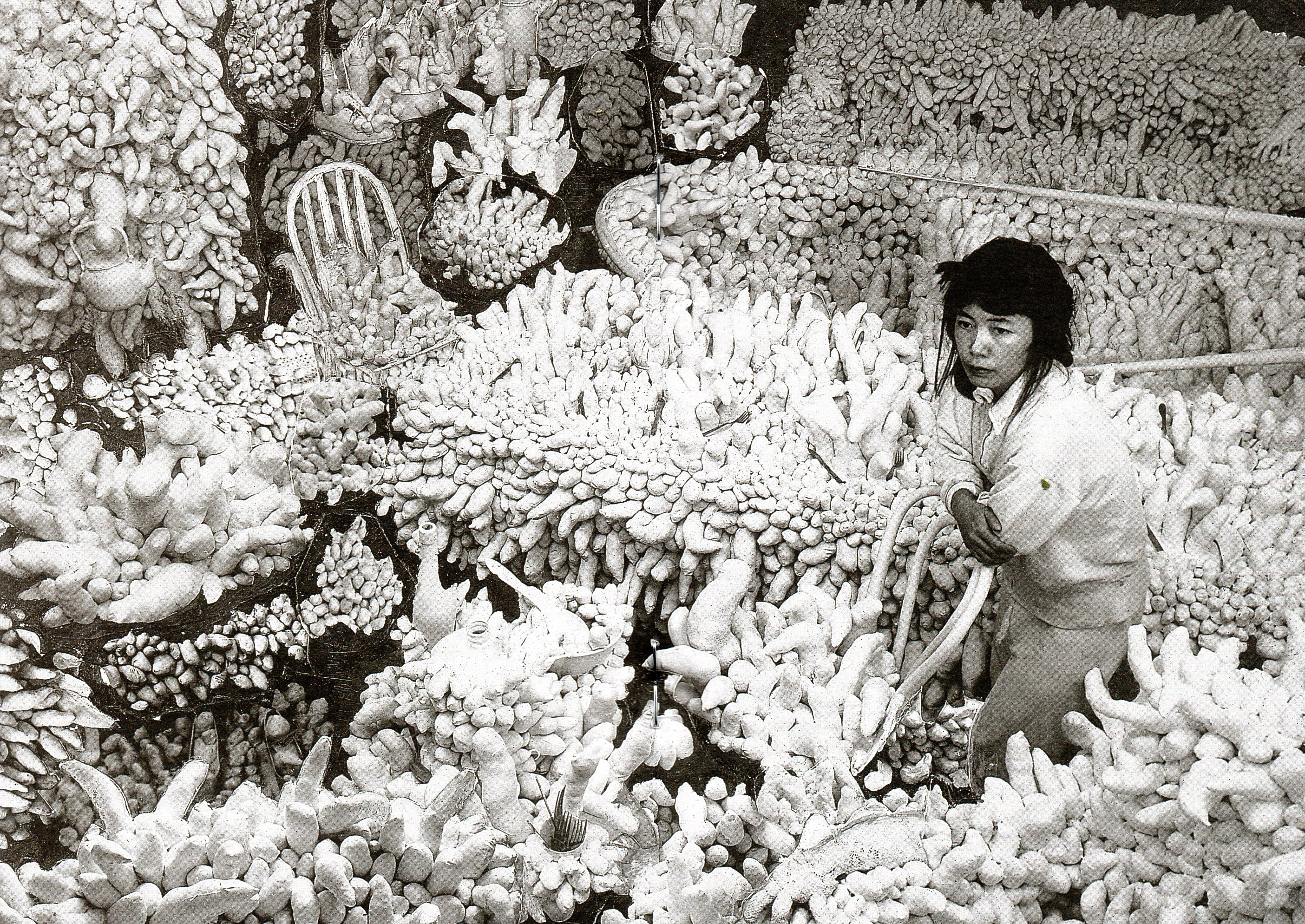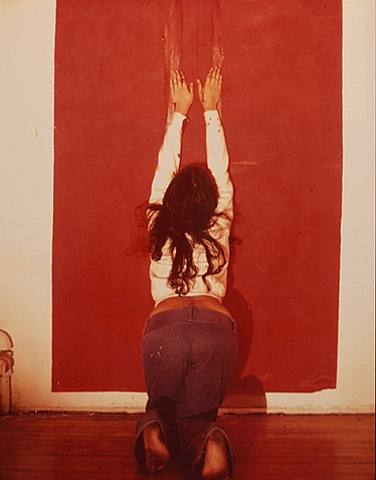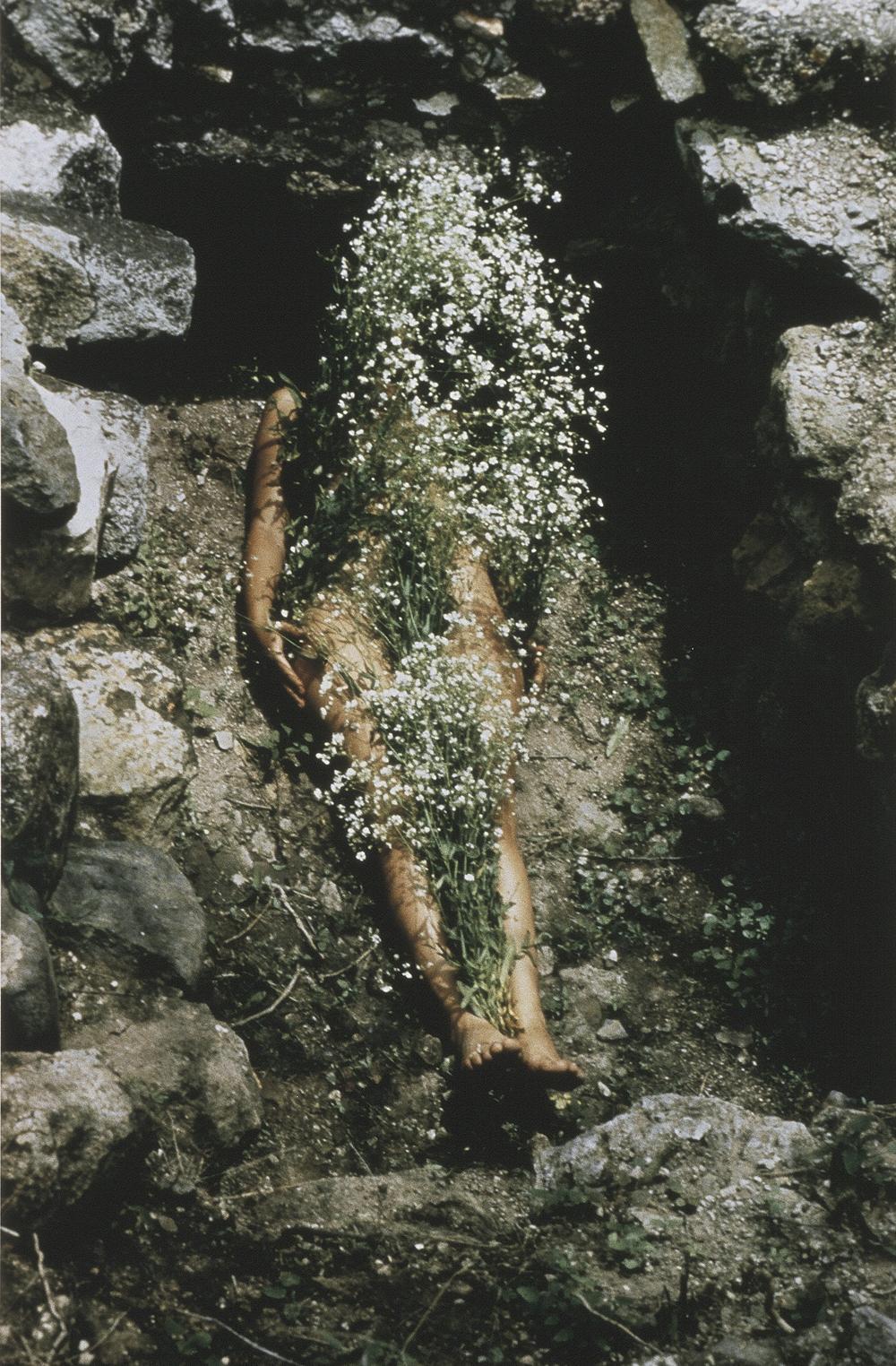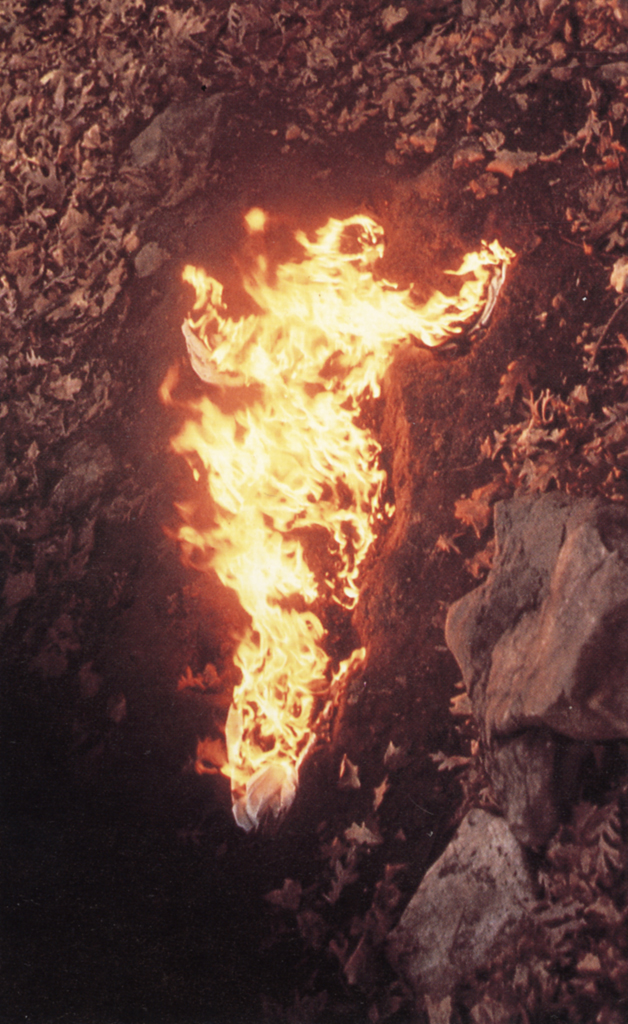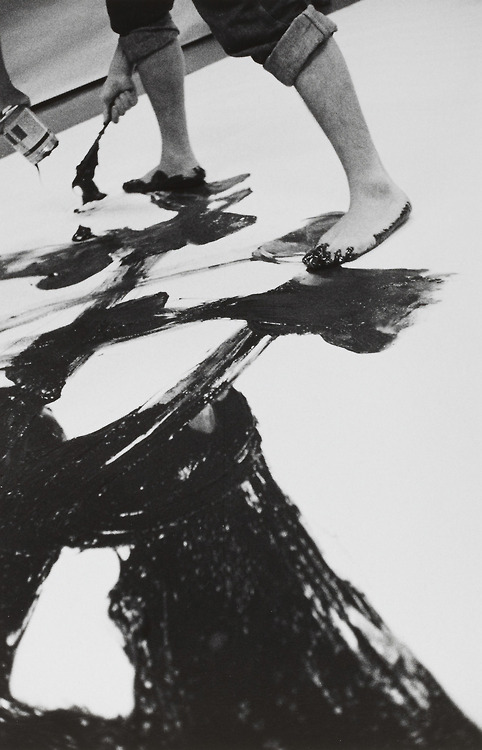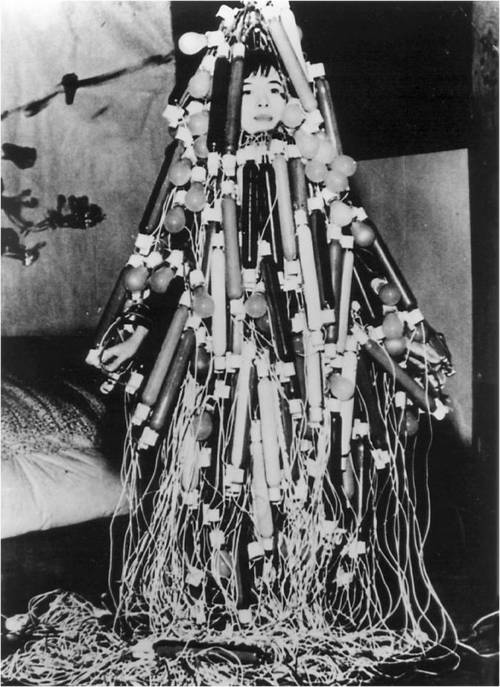Artist Blog
Every week an artist whose single image was published by Der Greif is given a platform in which to blog about contemporary photography.
Body – material – space
Dec 17, 2016 - Noora Sandgren
Breaking conventions were at the core of the artistic processes by the avant-garde artists of postwar era – when the modernist promises of progress had collapsed and the destruction seen. Japanese Gutai group (1954-1972) organized by Jiro Yoshihara refer by name to “concrete” or “embodiment” as means to address reality. This was less about representation and more about manifestation. Their attitude was experimental in search of freedom, artworks took forms of: performances, films, including environments and objects. Everyday materials were used and their Manifesto declared “Gutai Art does not change the material but brings it to life.”
This meant listening to its characteristics. It resonates with my relationship to material as well; confronting and researching it with all senses and understanding that all materials have a nature of their own. This is an attitude of openness to chance and risk. It´ s about closeness instead of distance, warmth and tangibility instead of simply looking through a device that often stand between the artist and reality – mediating with its own predetermined operations. It ´s about self generated embodied knowledge, by intimate interaction and by challenging self.
Shimamoto Shozo´s action based paintings were created by the forceful throwing of paint bottles exploding on the canvas caused by the impact. In Kazuo Shiraga’s politically and ethically charged performance Challenging Mud (1955) he was stripped from nearly all clothes, confronting the hard material of mud and rocks and working with it in a rather violent manner in order to challenge himself. His movements lead to a sculpture – a painting composition, which was left as it was for the duration of the show.
Body as a a living brush in Yves Klein´s performance Anthropométries de l’époque bleue (1960), remind me of archaic human imagery. In this performance models created paintings according to artist directions by pressing their painted bodies directly on the canvas.
The rise of feminism in 1970s, influenced important body and performance artists such as Ana Mendieta and Carolee Schneeman. Also Janine Antoni made her response to Klein´s Antropometries, using her own body as main artistic tool. She´d be both the model and the master of her own marks. In her performance piece Loving Care (1993) she used her hair hair dipped in dye color, and by this action, claimed over the given space by painting it with her hair as a brush. In this piece, she´s dealing with power dynamics related to everyday spaces, turning an ordinary action like mopping the floor into a symbolically powerful work of art. The piece is demanding, it requires difficult but meaningful body positions. The act of taking over the space – namely the floor – by marking it, is an action of gaining power. To me her work resonates as contemporary; care and compassion are strong tools in moving forward. And these are a matter of decisive simple practice.


